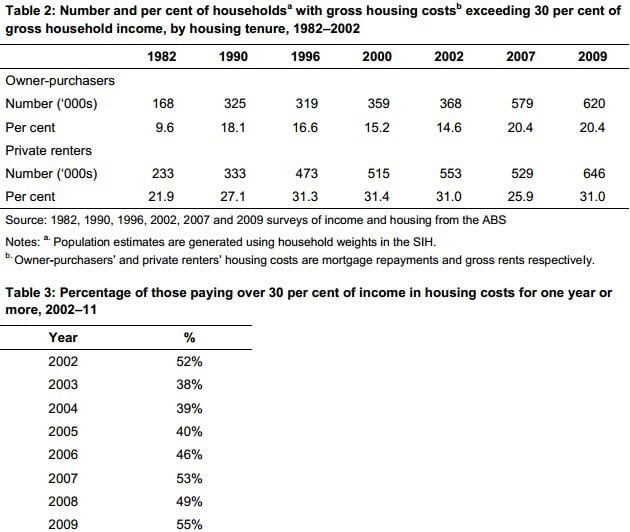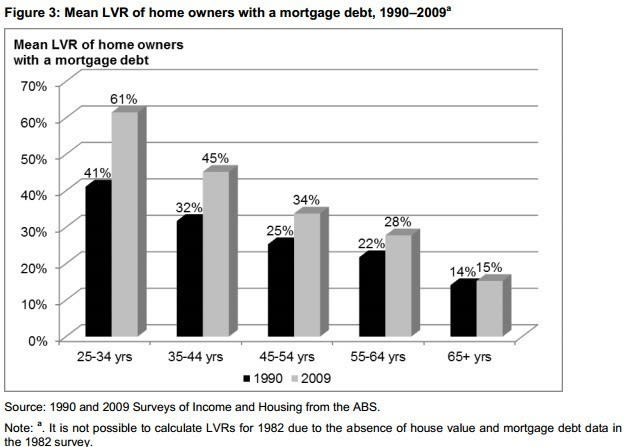Both owner occupiers and renters suffering from deteriorating housing affordability
Much of the discussion on housing affordability centres on first home buyers’ ability to enter the property market.
First home buyers accounted for only 12% of the total number of owner occupiers taking out mortgages in September, Australian Bureau of Statistics data shows. That’s down from the long-term average of almost 20% indicating new entrants to the property market are either unable or unwilling to make their first purchase.
But new research, Housing affordability dynamics in Australia: new insights from the last decade, reveals a more complicated picture of housing affordability that shows the challenges of paying for accommodation are not confined to those who are looking to enter the property market for the first time.
The research by Gavin Wood, Rachel Ong and Melek Cigdem for the Australian Housing and Urban Research Institute (AHURI) at RMIT University and Curtin University will be presented at Parliament House in Canberra on 4 December.
It finds housing affordability has deteriorated in Australia over recent decades for both owner occupiers and for people in the rental market.
Analysing ABS data, the researchers found the proportion of household income that owner-purchasers spent on housing increased to 18% from 12% over the 27 years from 1982 to 2009.
In line with that increase, the proportion of owner purchasers with housing costs in excess of 30% of their income – a level where people are considered to be in mortgage stress – doubled from 10% to 20% of all owner-purchaser households from 1982 to 2009, the report found.

People in the private rental market are also spending more of their income on accommodation than in the past.
In 2009, tenants spent 24% of median gross household income on rent, while just 17% of median income was needed to cover the median rent in 1982. Nearly one in three tenants in the private rental market was spending more than 30% of their income on rent in 2009, up from 22% in 1982.
The research finds many people go through periods of being comfortable in affording their mortgage or rental payments before slipping into a situation where they struggle to meet these financial commitments.
Between a third and half of tenants in the private rental market have been devoting more than 30% of their income to rental payments for a year or more, the research found.
Around 20% of owner-occupiers had experienced one or more periods of housing affordability stress, the study found. This usually lasted only one year and it was rare for owner occupiers to remain in housing stress for more than five years.
Almost 70% of people who suffered housing stress had only one period where they were in financial difficulty, while 30% had two or more periods between 2001 and 2011 when housing ate up more than 30% of their income.
The price of housing and income levels both contribute to whether a person will find housing affordable. It’s not surprising then that affordability has fallen in some cities where properties have made huge capital gains but income levels have risen more modestly.
Debt levels have also risen significantly for people of all ages, but particularly for those aged 25 to 34 years, the research found.
On average, home owners aged 25 to 34 had mortgage debt worth 61% of the value of their property in 2009, compared with 41% in 1990, the report found. Additionally, fewer people in this age bracket owned a home (37.7% in 2009 compared with 55.5% in 1982).
This was also the case for people aged 35–44 years. In 2009, 62.1% of people in that age bracket were buying their home, compared with over 75% in 1982.

Source: Housing affordability dynamics in Australia: new insights from the last decade(Page 6)
